AS PER SOLAS CH 3 REG 6.3
Distress flares
Not less than 12 rocket parachute flares, complying with the requirements of section 3.1 of the Code, shall be carried and be stowed on or near the navigation bridge.
Additional to mentioned above 2 Buoyant smoke signals, 4 Rocket parachute & 6 Hand flares are to be present in each of the survival craft.
FURTHER DETAILS ON PYROTECHNICS AS PER LSA CODE
ROCKET PARACHUTE FLARES
(Section 3.1 of the IMO LSA Code)
The rocket parachute flare shall:
- Be contained in a water-resistant casing;
- Have brief instructions or diagrams clearly illustrating the use of the rocket parachute flare printed on its casing;
- Have integral means of ignition;
- Be so designed as not to cause discomfort to the person holding the casing when used in accordance with the manufacturer’s operating instructions.
The rocket shall when fired vertically, reach an altitude of not less than 300 m.
At or near the top of its trajectory, the rocket shall eject a parachute flare, which shall:
- Burn with a bright red color;
- Burn uniformly with an average luminous intensity of not less than 30,000 cd;
- Have a burning period of not less than 40 sec;
- Have a rate of descent of not more than 5 mtr/sec; and
- Not damage its parachute or attachments while burning.
HAND FLARES
(Section 3.2 of the IMO LSA Code)
The hand flare shall:
- Be contained in a water-resistant casing;
- Have brief instructions or diagrams clearly illustrating the use of the hand flare printed on its casing;
- Have a self-contained means of ignition; and
- Be so designed as not to cause discomfort to the person holding the casing and not endanger the survival craft by burning or glowing residues when used in accordance with the manufacturer’s operating instructions.
- Burn with a bright red colour;
- Burn uniformly with an average luminous intensity of not less than 15,000 cd;
- Have a burning period of not less than 1 min; and
- Continue to burn after having been immersed for a period of 10 seconds under 100 mm of water.
BUOYANT SMOKE SIGNALS
(Section 3.3 of the IMO LSA Code)
The buoyant smoke signal shall:
- Be contained in a water-resistant casing;
- Not ignite explosively when used in accordance with the manufacturer’s operating instructions
- Have brief instructions or diagrams clearly illustrating the use of the buoyant smoke signal printed on its casing.
- Emit smoke of a highly visible color at a uniform rate for a period of not less than 3 min when floating in calm water;
- Not emit any flame during the entire smoke emission time;
- Not be swamped in a seaway;
- Continue to emit smoke when submerged in water for a period of 10 sec under 100 mm of water.
SELF-ACTIVATING SMOKE SIGNALS – 15 Minute
SOLAS requirements for self-activating smoke signals.
(Section 2.1.3 of the LSA Code)
Lifebuoy self-activating smoke signals Self-activating smoke signals required by regulation III/7.1.3 shall:
- Emit smoke of a highly visible colour at a uniform rate for a period of at least 15 min when floating in calm water;
- Not ignite explosively or emit any flame during the entire smoke emission time of the signal;
- Not be swamped in a seaway;
- Continue to emit smoke when fully submerged in water for a period of at least 10 s;
- Be capable of withstanding the drop test required by paragraph 2.1.1.6.
Note: 2.1.1.6 [Every self-activating smoke signal shall] be constructed to withstand a drop into the water from the height at which it is stowed above the waterline in the lightest seagoing condition or 30 mtr, whichever is the greater, without impairing either its operating capability or that of its attached components;
LINE THROWING APPLIANCES
SOLAS requirements for line-throwing appliances.
(Section 7.1 of the LSA Code)
Every line-throwing appliance shall:
- Be capable of throwing a line with reasonable accuracy;
- Include not less than four projectiles each capable of carrying the line at least 230 mtr in calm weather;
- Include not less than four lines each having a breaking strength of not less than 2 kN;
- Have brief instructions or diagrams clearly illustrating the use of the line-throwing appliance. The rocket, in the case of a pistol fired rocket, or the assembly, in the case of an integral rocket and line, shall be contained in a water-resistant casing. In addition, in the case of a pistol fired rocket, the line and rockets together with the means of ignition shall be stowed in a container which provides protection from the weather.

MARKING ON PYROTECHNICS
- Each pyrotechnic device shall be legibly marked or labeled with the following, as appropriate:
- Company name, location, and brand or style designation
- Type of pyrotechnic device
- Intensity in candela (for flares only)
- Burning time (for flares and smoke signals only)
- “Use Only When Aircraft or Vessel Is Sighted.” (for flares and 3-min smoke signals only)
- “Approved for daytime use only” (for smoke signals only)
- Simple operation instructions (in paragraphs or pictographs)
- Expiration Date (month and year to be inserted by manufacturer – not more than 42 months after date of manufacture (48 months in the case of line-throwing appliance components containing pyrotechnic material))
- Date of Manufacture (Month and year to be inserted by manufacturer)
- Lot No. —-
- S. Coast Guard Approval No. —-.
Meets SOLAS-LSA Code The expiration date, date of manufacture, and lot number must also be marked on or clearly visible through the package in which the device is sold.
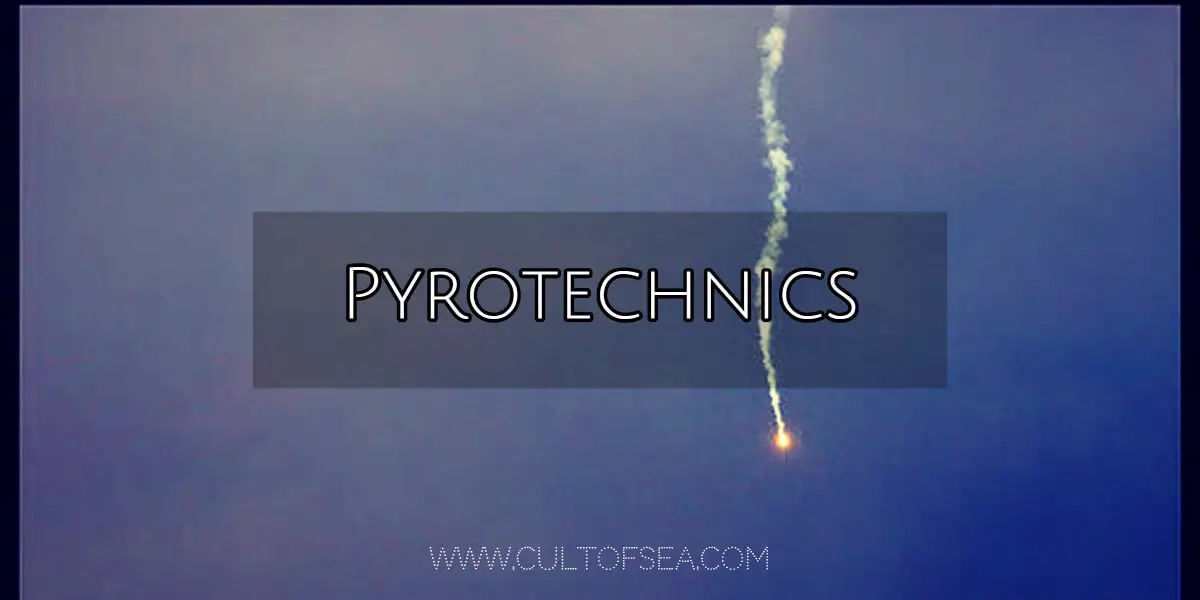
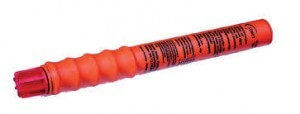
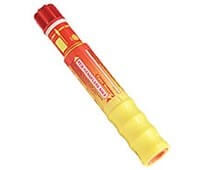
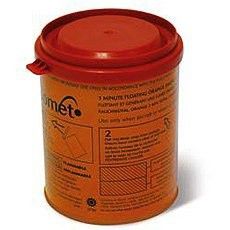
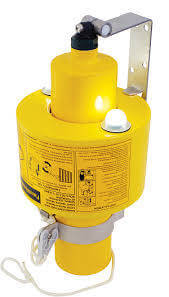

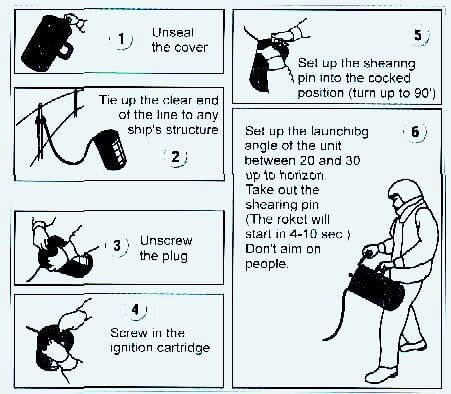
We are sourcing the following list of items for our client , Kindly give the CIF price to Mombasa, Kenya and delivery period expected.
1. PYRO-TECHNIQUES HAND FLARES
2. ROCKET PARACHUTE FLARES
3. LINE THROWING APPARATUS
4. SMOKE SIGNAL CANS
5. MAN OVERBOARD (LIGHT/SMOKE) MARKERS
Please mail to nikvouno@gmail.com your necessities.
Brgds Cpt Nik Vouno